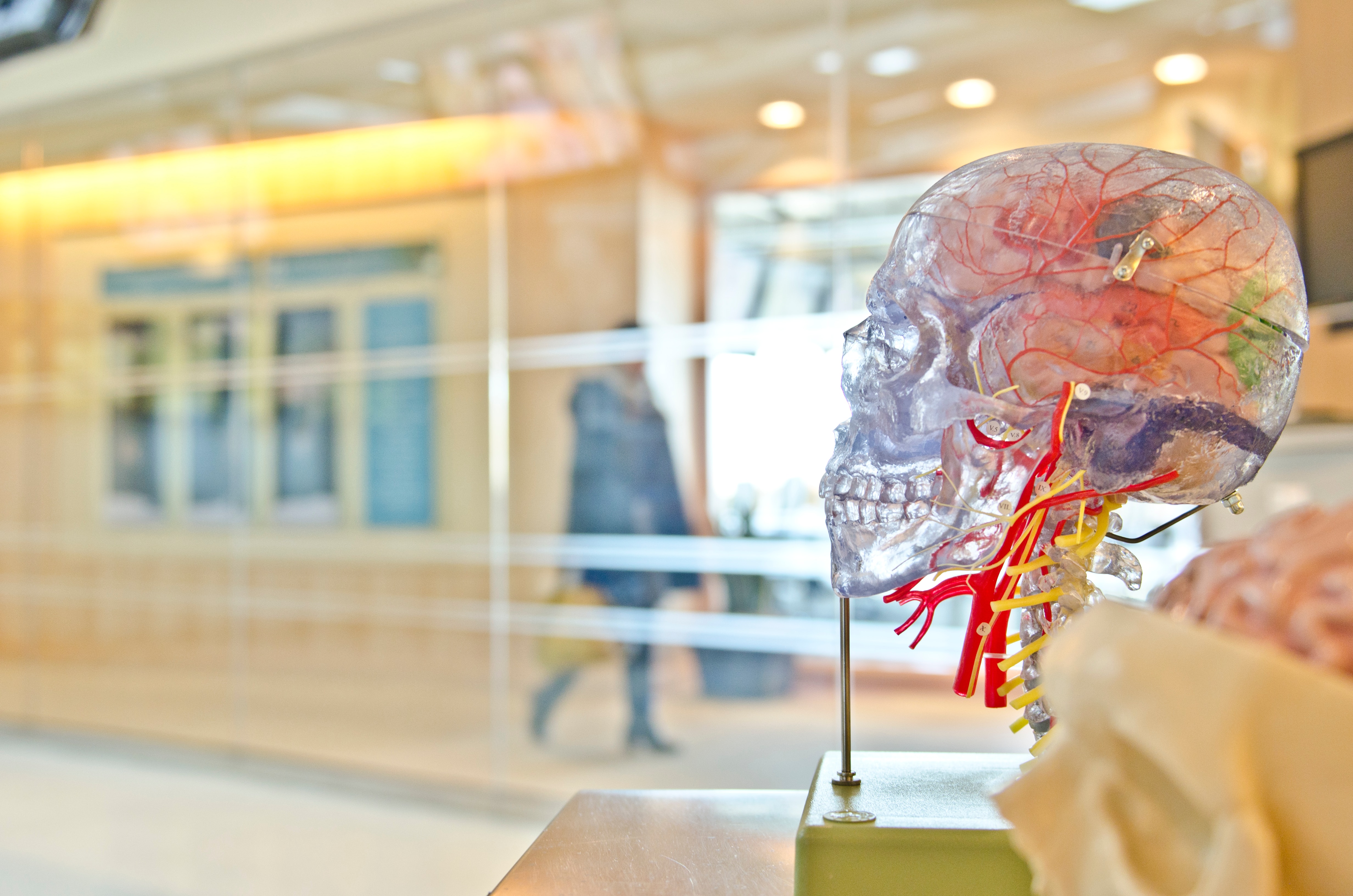Technology and the medical world are intrinsically linked, as we rely on specialized devices to diagnose and treat a range of illnesses and medical conditions. Several new advances have entered the field in recent months, and these devices and instruments will be able to save people's lives while improving the overall quality of care.
Bio-Printing to Create Artificial Organs
While 3-D printing of prosthetics has been around for several years, this amazing technology has led to other medical breakthroughs when it comes to the area of organ transplants. Instead of patients having to be placed on a transplant list and wait for an available donor, a 3-D printer will be able to create artificial organs. Medical scientists have created a pancreas, blood vessels and synthetic ovaries that will grow inside patients' bodies to replace the organs that are failing. This method may be used in the medical field as a way to offer organ transplants that the immune system will accept.
Hemorrhage Scanning Visor
About 40% of stroke deaths are caused when a blood vessel ruptures in the brain, called a hemorrhagic stroke. To better detect bleeding happening in the brain, a hemorrhage scanning visor can be used during pre-hospital visits. This diagnostic tool may provide more rapid and better diagnosis of this condition so people can get the medical treatment they need in a timely fashion to lower the risks of having a deadly hemorrhagic stroke.
Wireless Bioresorbable Brain Sensors
Bioresorbable electronics are types of technology that biodegrade and dissolve after being used. This tech is being looked at by medical scientists as a way to monitor and treat patients without having to perform surgery to later remove the medical devices. Bioresorbable technology can provide immense benefits for neurosurgeons who wish to monitor the intracranial pressure and temperature of their patients' brains using wireless sensors. After use, the sensors will simply dissolve away.
Handheld Cancer Detector
More than 130,000 people globally are diagnosed with melanoma every year. As a way to better detect this disease without costly diagnosis measures, a handheld cancer probe has been invented by researchers at the University of British Columbia. This probe uses light waves from a laser to analyze skin moles as it can detect whether the mole is harmless or is cancerous. When the laser encounters cancer cells, the light waves will scatter in a distinct pattern. By using low-cost materials, the researchers hope to make the cancer detector probe affordable to hospitals, general physicians and patients.
Smart Stethoscopes
When examining a patient with a stethoscope, a physician has to deal with background noises — everything from coughing and sneezing patients to sounds outside the patient's room. A smart stethoscope has been designed to make it easier for doctors to listen to sounds in the lungs that could indicate a serious problem. The smart stethoscope has a programmable head with 5 low-frequency microphones and another microphone facing outward on the instrument. These microphones record sounds in the patient's body and in the room, then the device removes the ambient noise so that the doctor can better hear lung sounds.
As technology advances, more medical devices and innovations will enter the market to make it easier for doctors and hospitals to diagnose, monitor and treat their patients. Companies such as Zewski Corp can help researchers and medical scientists develop, design and build medical devices and instruments that will provide better quality care for patients globally. What's next? We're not sure, but we're working with smart people and innovative companies every day to help bring it to market so it's ready when the world needs it.


